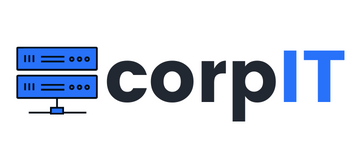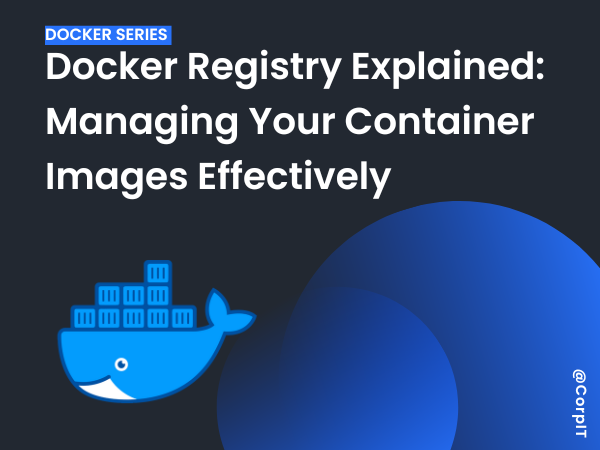Table of Contents
Introduction to Docker Registry
A Docker registry serves as a centralized repository for storing, sharing, and managing Docker images. Whether you’re using a public service like Docker Hub or hosting your own registry, it enables efficient collaboration and deployment of containerized applications.
This article explores Docker registries, their types, and the essential commands for pushing and pulling images.
What is a Docker Registry?
A Docker registry is a storage system where Docker images are stored and managed. It supports the following operations:
- Pushing: Uploading Docker images for others to use.
- Pulling: Downloading images for use in local or remote environments.
- Versioning: Managing different versions of the same application image.
Docker Hub and Self-Hosted Registries
- Docker Hub(Public Registry)
- A widely used public registry maintained by Docker Inc.
- Provides pre-built images for popular applications like Nginx, MySQL, and Redis.
- Free tier available, but private repositories may require a subscription.
- Self-Hosted Registries(Private Registry)
- Organizations often host their own registries for greater control and security.
- Tools like Docker’s
registryimage or third-party solutions (e.g., Harbor, Nexus) are used for self-hosting. - Example of running a simple self-hosted registry:bashCopy code
docker run -d -p 5000:5000 --name registry registry:2Pulling and Pushing Images to a Registry
- Pulling an Image
Example ->
docker pull <registry>/<image>:<tag>
From Docker Hub ->
docker pull nginx:latest
From Private Registry->
docker pull myregistry.com/myimage:1.0- Tagging an Image
Add a registry and repository name to your local image:
docker tag <local-image>:<tag> <registry>/<repository>/<image>:<tag>
Example:
docker tag myapp:latest myregistry.com/myapp:1.0- Pushing an Image
Authenticate with the registry if needed:
docker login <registry>
Push the tagged image:
docker push <registry>/<repository>/<image>:<tag>
Example:
docker push myregistry.com/myapp:1.0Example: Setting Up and Using a Self-Hosted Registry
- Run the Registry:
docker run -d -p 5000:5000 --name registry registry:2- Tag and Push an Image:
docker tag nginx:latest localhost:5000/nginx:latest
docker push localhost:5000/nginx:latest- Pull the Image from the Registry:
docker pull localhost:5000/nginx:latestBenefits of Using a Docker Registry
- Centralized Storage: Simplify access to Docker images.
- Collaboration: Share images with team members or the public.
- Version Control: Manage multiple versions of the same application.
- Security: Control access with private registries and authentication.
Conclusion
Docker registries are indispensable for managing container images efficiently. Whether leveraging Docker Hub for public images or setting up a private registry for internal use, mastering these workflows enhances collaboration and deployment flexibility.
Explore Docker registries today to streamline your containerization journey!









